Super Mario 64 Decompilation on Void Linux
Posted by Dave Eddy on Sep 09 2020 - tags: techSuper Mario 64 is one of my all-time favorite games. Last year, the source code for the decompilation project was made available to the public. I won’t go into detail on the decompilation project itself (see this post here for more information), but instead will focus on getting Super Mario 64 compiled on Void Linux.
Getting Started
A couple of dependencies will need to be installed that will be used throughout
the installation process. Note that root privileges are only required in
commands where sudo is used - the rest of the commands can be run as an
unprivileged user.
sudo xbps-install git
sudo xbps-install make
sudo xbps-install wget
mkdir ~/dev ~/src
For this guide, the sm64 source code will be checked out into ~/dev, and the
required dependencies that are installed manually will be in ~/src, of which
there are 2:
qemu-irixbinutils-mips64
qemu-irix
To install this package, I found it easiest to take the qemu-irix release as a
.deb file from the n64decomp GitHub organization and extract the deb
myself.
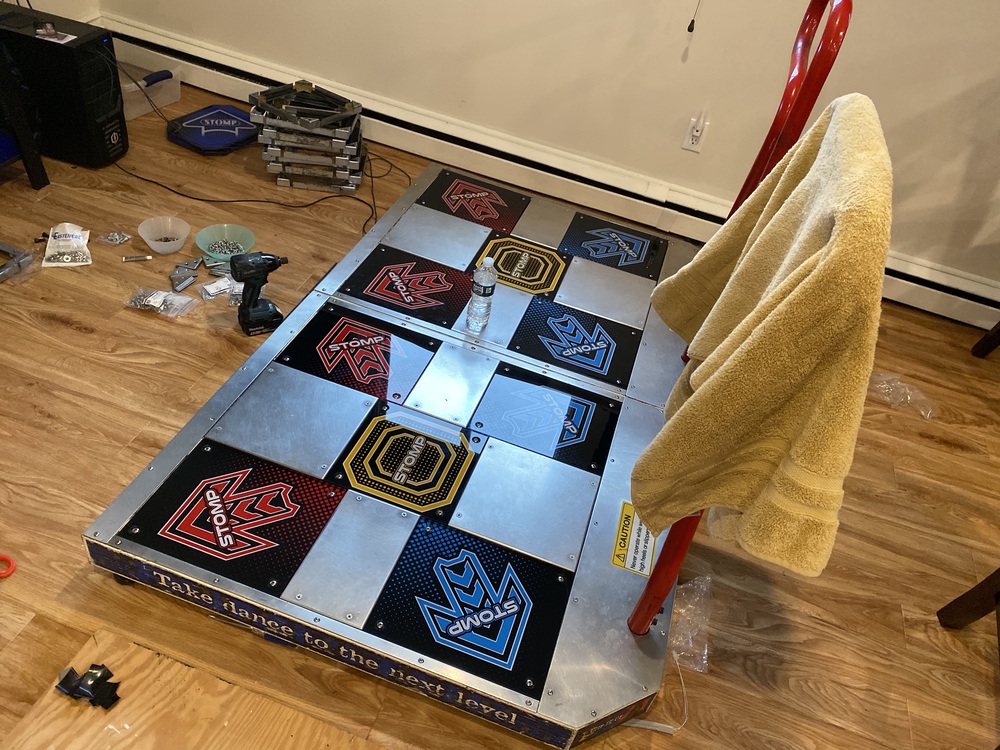

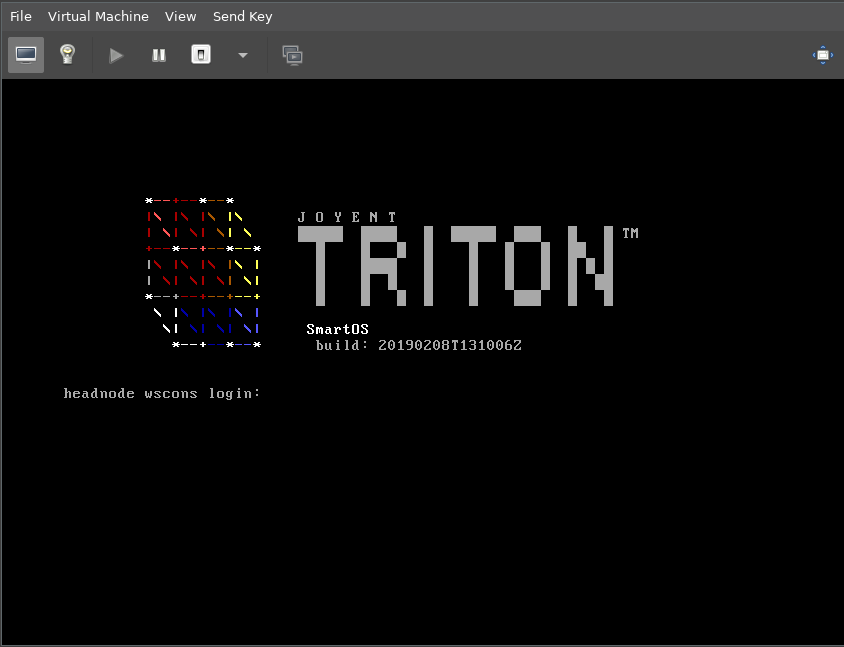

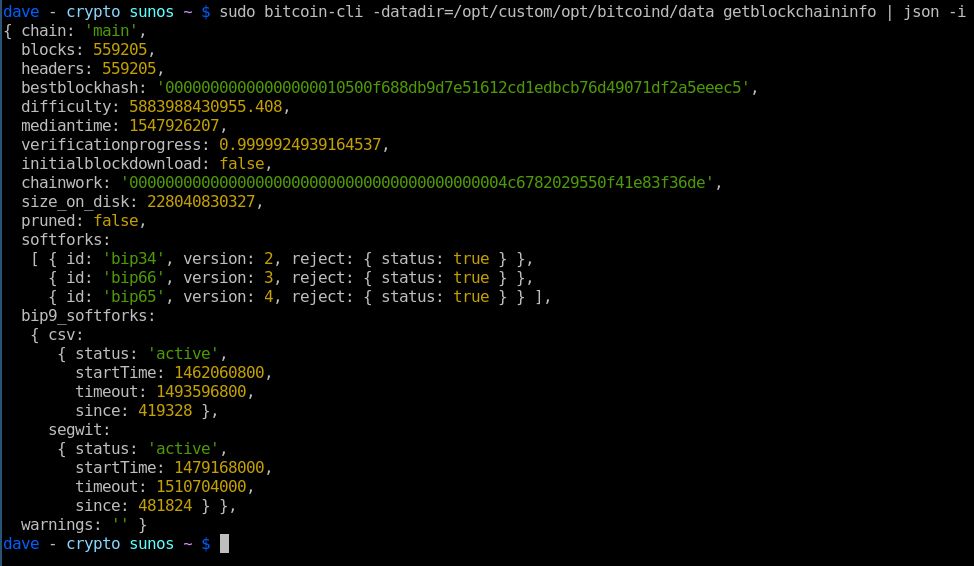
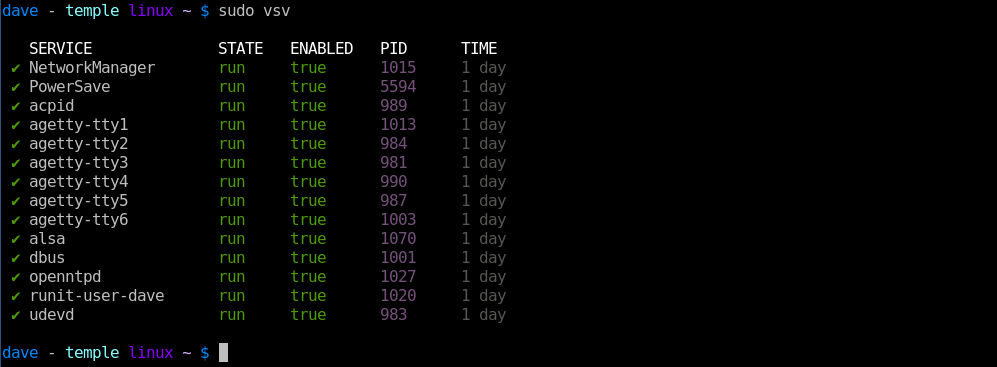
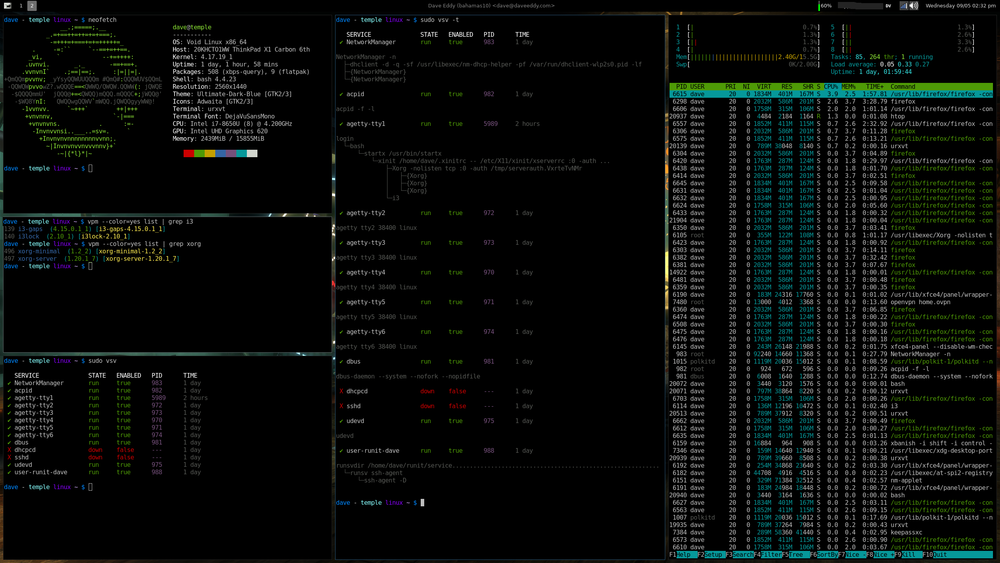 </img>
</img>